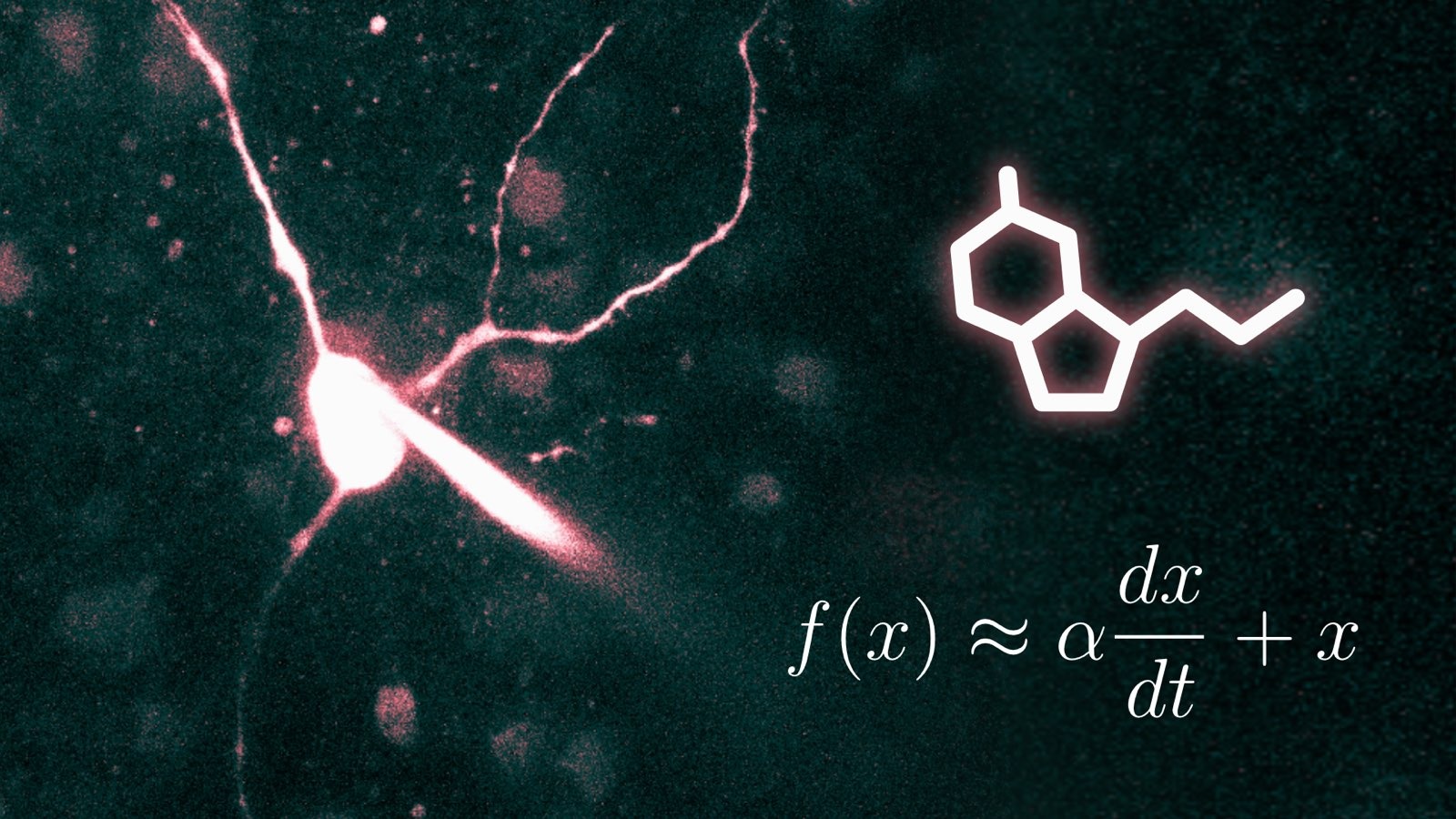New paper: Serotonin computes rate of change through adaptation
What can the biology of the serotonin system tell us about its function? Using in vitro electrophsyiological experiments and simulations, I show that the dominant signal processing feature of the dorsal raphe nucleus (the main source of serotonergic input to the forebrain) is exceptionally strong and long-lasting spike-frequency adaptation. This causes the output of the serotonin system to resemble the rate of change of its input.

What exactly is this “rate of change” operation used for? I’m not sure yet, but it shows up in reinforcement learning and predictive coding, raising some interesting possibilities. Either way, this work suggests that the in vivo activity patterns of serotonin neurons don’t simply reflect their input, but rather how their input is changing over time, putting the infamously confusing responses of serotonin neurons to rewards, punishments, and other emotionally-salient stimuli in a new light.
Read the full article in eLife, get the data on Dryad, and fork the code on GitHub. Want more highlights before reading the paper? Check out the Tweeprint.